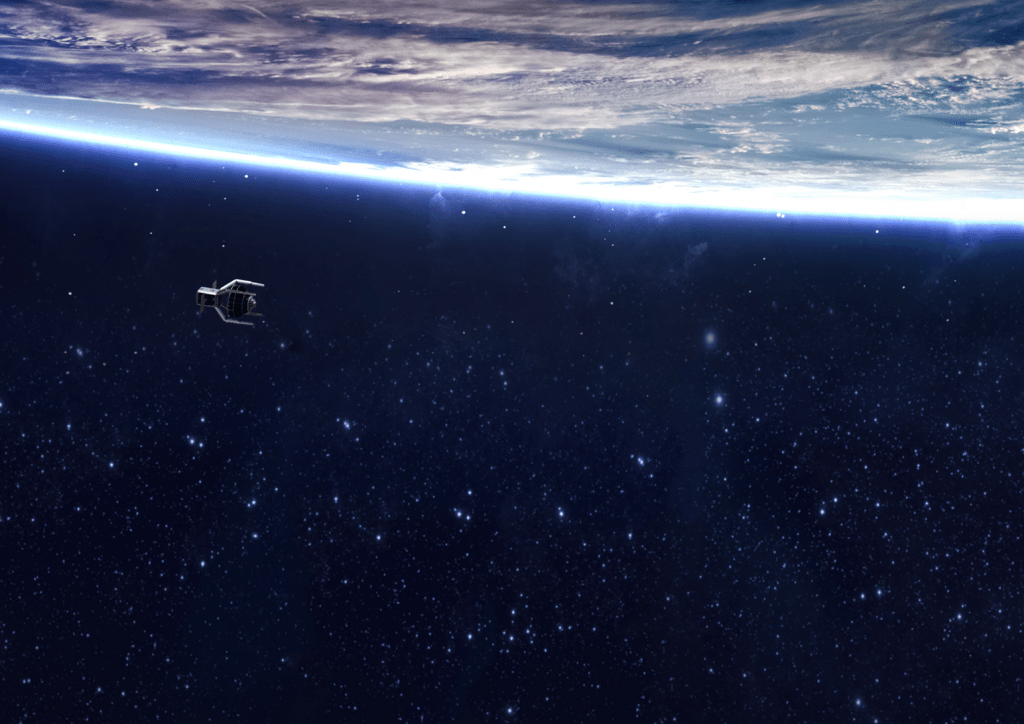While working at the NASA Johnson Space Center during the 1970s, astrophysicist Donald Kessler predicted that collisions between space debris would become increasingly common as the density of space debris increases in orbit around the Earth - creating a cascading effect. Since 2005, the amount of debris in orbit has followed an exponential growth curve, confirming Kessler's prediction.
Given that the problem is only going to get worse in the coming years, there is a growing demand for technologies that can remove space debris. Following a competitive process, the ESA recently contracted the Swiss startup ClearSpace Today to create the world's first debris-removing space mission. This mission, known as ClearSpace-1, is expected to launch by 2025 and will help pave the way for more debris removal missions.
At present, there are an estimated 29,000 pieces of space debris in orbit that pose a severe collision risk with satellites and space missions. However, these are just the objects that exceed 10 cm (~4 inches) in diameter. On top of that, there are some 750,000 objects that range in size from 1mm to 1 cm and another 166 million that measure between 1 and 10 cm (0.4 to 4 inches) in diameter.
To find solutions to this problem, a team of experienced space debris researchers from the Ecole Polytechnique Fédérale de Lausanne (EPFL) came together to launch ClearSpace Today. At the recent ESA Ministerial Council (Space19+) - which took place in Seville, Spain, at the end of November - ministers agreed to award a service contract to a commercial provider to safely remove an inactive ESA-owned object from LEO.
With support provided by the ESA's new Space Safety program, the purpose of this initiative is to contribute to the process of cleaning up orbital space. At the same time, it is intended to act as a demonstrator that will validate the necessary technologies for debris removal. As Luisa Innocenti, heading ESA's Clean Space initiative, indicated:
“NASA and ESA studies show that the only way to stabilise the orbital environment is to actively remove large debris items. Accordingly we will be continuing our development of essential guidance, navigation and control technologies and rendezvous and capture methods through a new project called Active Debris Removal/ In-Orbit Servicing – ADRIOS. The results will be applied to ClearSpace-1. This new mission, implemented by an ESA project team, will allow us to demonstrate these technologies, achieving a world first in the process.”
Once it is in orbit, the ClearSpace-1 "chaser" will rendezvous with the upper stage of a VEga Secondary Payload Adapter (VESPA) that is currently in an 800 km by 660 km (500 mi by 410 mi) altitude orbit. This bit of debris resulted from the second flight of the Vega launcher, which took place in 2013 and delivered the ESA's Proba-V satellite to orbit, as well as Vietnam and Estonia's first satellites.
This target is an ideal subject for a number of reasons. In addition to having a mass of 100 kg (220 lbs) - which is comparable to that of a defunct satellite - its relatively simple shape and sturdy construction will make it easy to capture and move. As such, this VESPA upper stage is a good test case before any attempts are made to capture larger, more challenging pieces of debris (or multiple pieces).
Before the ClearSpace-1 mission rendezvous' with its target, it will be launched into a lower 500-km (mi) orbit for commissioning and critical tests. Once complete, the chaser will be raised to its target orbit and, under the supervision of the ESA, use four robotic arms to capture the VESPA. Both will then be deorbited to burn up in the atmosphere. As Luc Piguet, the founder and CEO of ClearSpace, explained:
"This is the right time for such a mission. The space debris issue is more pressing than ever before. Today we have nearly 2000 live satellites in space and more than 3000 failed ones. And in the coming years the number of satellites will increase by an order of magnitude, with multiple mega-constellations made up of hundreds or even thousands of satellites planned for low Earth orbit to deliver wide-coverage, low-latency telecommunications and monitoring services. The need is clear for a ‘tow truck’ to remove failed satellites from this highly trafficked region.”
This decision is part of the most ambitious plan to date for the future of the ESA and European space sector. At this year's Ministerial Council, the ESA committed to significantly boosting funding for space-related research and exploration for the first time in 25 years.
This includes the first gravitational wave detector in space - the Laser Interferometer Space Antenna (LISA) - which will accompany the Advanced Telescope for High-ENergy Astrophysics (Athena) mission as it studies a black hole. For obvious reasons, dealing with space debris occupies a special place in space agencies' plans for the future.
As one of the chief trackers of space debris, the ESA's commitment to mitigation and cleanup strategies should come as no surprise.
"Imagine how dangerous sailing the high seas would be if all the ships ever lost in history were still drifting on top of the water," said ESA Director General Jan Wörner. "That is the current situation in orbit, and it cannot be allowed to continue. ESA's Member States have given their strong support to this new mission, which also points the way forward to essential new commercial services in the future."
*Further Reading: ESA*
 Universe Today
Universe Today

